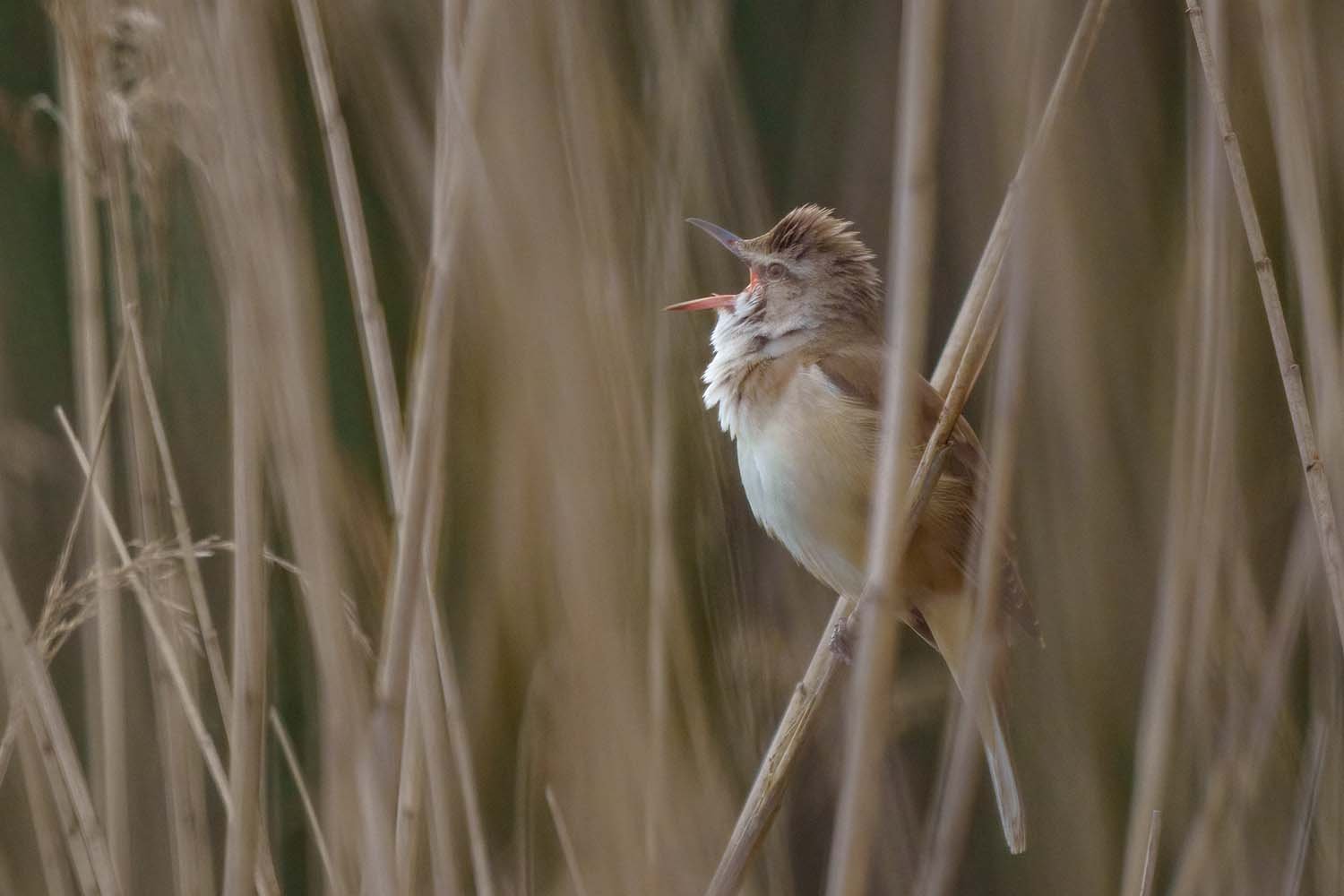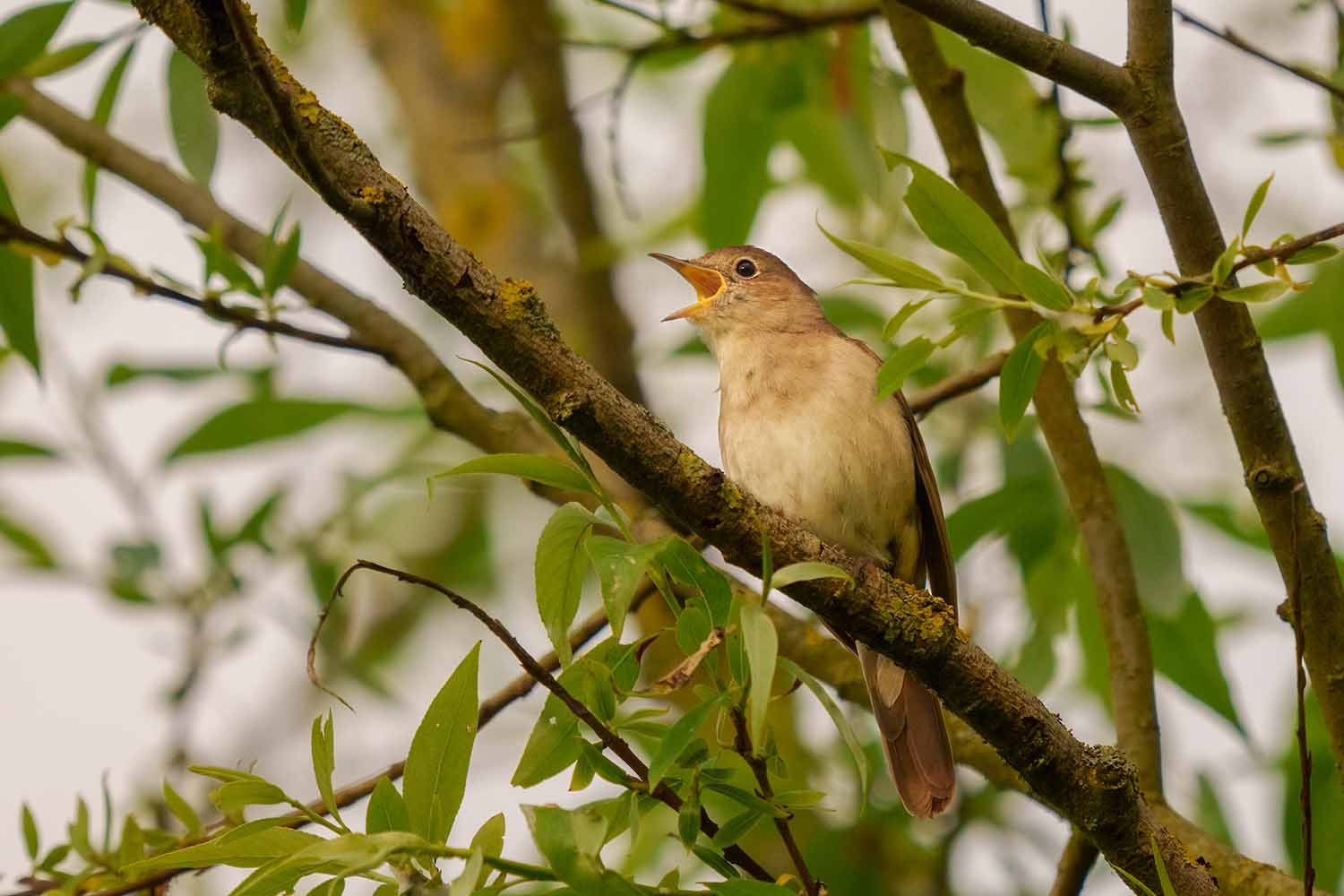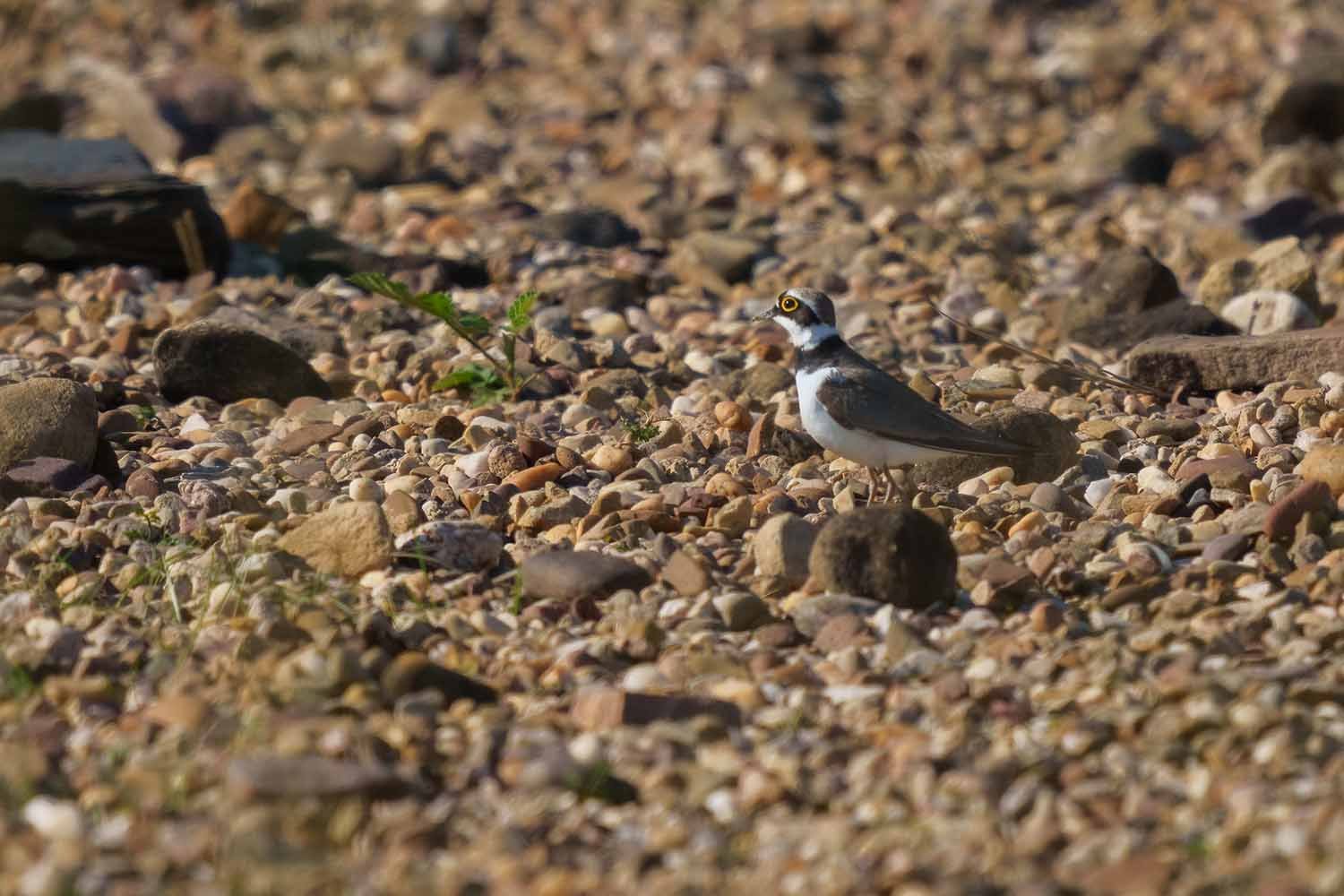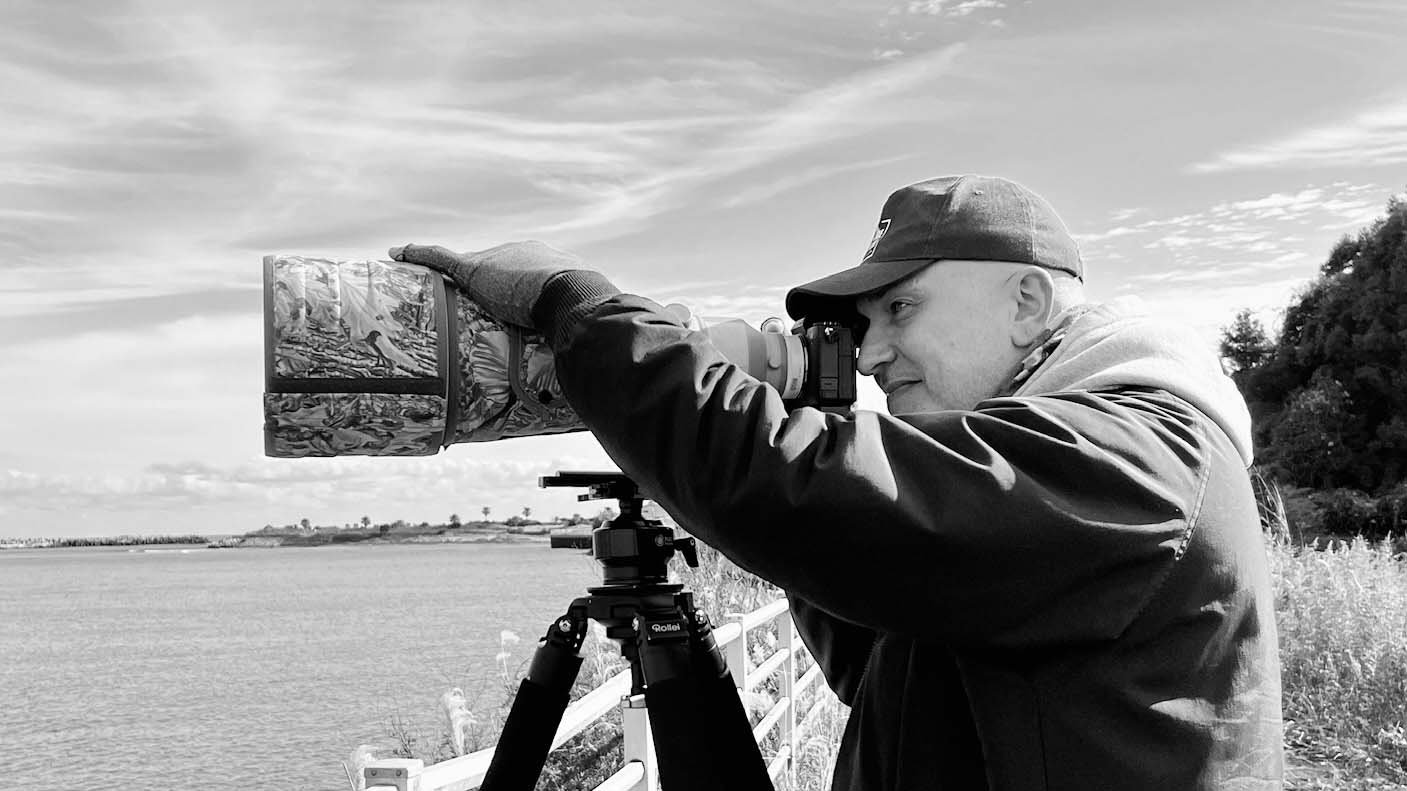Haff Réimech Luxembourg - A Paradise for Nature Photographers
In this article, I want to introduce the nature reserve.
After a long time, I visited my hometown in Saarland again. While searching for interesting wildlife spots, a friend told me about a nature reserve in Luxembourg - Haff Réimech. Growing up in the border region of the three countries, it's not unusual to quickly hop over to France or Luxembourg. What surprised me, though, was that I hadn't heard about this nature reserve before, even though I spent every summer nearby at the local quarry lake as a young adult. It's only about 20 minutes from my parents' house, so I found it more than interesting to spend a few days exploring the area. I'll be detailing my experiences in my upcoming blog posts.
Brief Description: Haff Réimech - Remerschen, Luxembourg
-
Wetlands, lakes, and reed beds
Ideal conditions for bird watching
-
Mostly flat terrain
Possibility of flooding during high water periods
-
The entire area can be explored on two different circular trails (a shorter one taking about 1 hour and a longer one taking about 2 hours).
Diverse paths: paved, unpaved, and even narrow trails and boardwalks built through the reeds and marshes.
-
Helpful for observing shy and distant bird species is a pair of binoculars or a spotting scope. However, even without these tools, you can see a lot of wildlife from the observation huts and points with the naked eye.
-
Bird watching is possible year-round
Especially recommended in spring
-
Easy, suitable for visitors of all ages
Accessible only on foot
-
Paths can be slippery and muddy during the wet season
The Biodiversum Nature Center is wheelchair accessible
Not all paths in the nature reserve are suitable for wheelchairs
There are organized guided tours through the Biodiversum Nature Center
Free admission to the Biodiversum Nature Center
Contact the Biodiversum Nature Center for current events or access information
Haff Réimech Nature Reserve
In the heart of Europe, specifically at the tripoint of Luxembourg, Germany, and France, lies the Haff Réimech nature reserve. This wetland area, with its numerous ponds, is of great interest to nature enthusiasts. Wildlife photographers and bird watchers, in particular, will find this place to be a paradise.
Historical Use and Conservation
Since the 1940s, gravel and sand extraction operations have shaped the landscape of this area, which has been designated a nature reserve since 1998. The regeneration of these areas has allowed for an impressive return of flora and fauna, making it one of the most species-rich wetlands in Luxembourg.
Flora and Fauna
The natural diversity of Haff Réimech is remarkable. From rare orchids and various lichen species to extensive reed beds, the area boasts a rich plant life. Wildlife enthusiasts and photographers can observe numerous bird species, over 40 species of dragonflies, as well as a variety of insects, amphibians, frogs, lizards, and butterflies. The available observation stations provide ideal conditions for wildlife observation and photography.
Bird Diversity in Haff Réimech
Haff Réimech is renowned in the region for its impressive bird diversity. With 253 documented bird species, representing around 76 percent of Luxembourg's bird species, the area is an ecological hotspot. Here, you can find rare and fascinating species such as the Common Tern (Sterna hirundo), Little Ringed Plover (Charadrius dubius), Sand Martin (Riparia riparia), and the Great Crested Grebe (Podiceps cristatus).
Here are a few photos of the bird species I was able to photograph in this area:
Further observable bird species are listed (107 species) at the end of the article.
Biodiversum: The Information Center
A central point of interest for visitors is the Biodiversum Nature Center, a modern information center that opened in 2014. The architecturally impressive and appealing building, which resembles an overturned boat, offers barrier-free access and multilingual information, making it an ideal starting point for exploring the area.
Biodiversum - Haff Réimech Nature Reserve
A unique architectural building, the Biodiversum in Remerschen, characterized by a dome of dark wooden shingles, situated by a tranquil lake in the Haff Réimech nature reserve, surrounded by lush greenery and reeds.
Nature Trails at Haff Réimech
Two designated nature trails with varying difficulty levels and informative panels invite you to independently explore the diversity of the nature reserve. These trails are suitable for both leisurely walks and serious nature studies, offering numerous opportunities for wildlife observation.
The Haff Réimech Nature Reserve provides a unique opportunity to experience and photograph nature in its purest form. It is a must-visit for anyone interested in biodiversity and conservation or simply wishing to enjoy the beauty of a landscape that has been reclaimed by nature. For wildlife photographers and bird watchers, it is a paradise.
The Nature Trails at Haff Réimech
Nature trails with varying difficulty levels and informative panels.
Directions to the Haff Réimech Nature Reserve
The Haff Réimech Nature Reserve is nestled between the beautiful wine villages of Remerschen and Wintrange. For visitors traveling from the region or further afield, it is easily accessible by car. Detailed directions can be found on the Biodiversum Nature Center's website.
Bird Species List in the Haff Réimech Nature Reserve
Here is a list of bird species that can be observed in the Haff Réimech Nature Reserve:
Songbirds:
Nightingale (Luscinia megarhynchos)
Bluethroat (Luscinia svecica)
Common Redstart (Phoenicurus phoenicurus)
Black Redstart (Phoenicurus ochruros)
Stonechat (Saxicola rubicola)
Redwing (Turdus iliacus)
Blackbird (Turdus merula)
Song Thrush (Turdus philomelos)
Fieldfare (Turdus pilaris)
Starling (Sturnus vulgaris)
Golden Oriole (Oriolus oriolus)
Eurasian Jay (Garrulus glandarius)
Carrion Crow (Corvus corone)
Dunnock (Prunella modularis)
Chaffinch (Fringilla coelebs)
Bullfinch (Pyrrhula pyrrhula)
Greenfinch (Chloris chloris)
Linnet (Linaria cannabina)
Goldfinch (Carduelis carduelis)
Serin (Serinus serinus)
Yellowhammer (Emberiza citrinella)
Red-backed Shrike (Lanius collurio)
Blackcap (Sylvia atricapilla)
Garden Warbler (Sylvia borin)
Lesser Whitethroat (Curruca curruca)
Common Whitethroat (Curruca communis)
Sedge Warbler (Acrocephalus schoenobaenus)
Reed Warbler (Acrocephalus scirpaceus)
Great Reed Warbler (Acrocephalus arundinaceus)
Savi's Warbler (Locustella luscinioides)
Willow Warbler (Phylloscopus trochilus)
Chiffchaff (Phylloscopus collybita)
Willow Tit (Poecile montanus)
Penduline Tit (Remiz pendulinus)
Bearded Tit (Panurus biarmicus)
Short-toed Treecreeper (Certhia brachydactyla)
Spotted Flycatcher (Muscicapa striata)
Sand Martin (Riparia riparia)
Barn Swallow (Hirundo rustica)
House Martin (Delichon urbicum)
Water Birds and Waders:
Little Grebe (Tachybaptus ruficollis)
Great Crested Grebe (Podiceps cristatus)
Little Ringed Plover (Charadrius dubius)
Common Snipe (Gallinago gallinago)
Common Sandpiper (Actitis hypoleucos)
Green Sandpiper (Tringa ochropus)
Greenshank (Tringa nebularia)
Wood Sandpiper (Tringa glareola)
Black-headed Gull (Chroicocephalus ridibundus)
Yellow-legged Gull (Larus michahellis)
Black Tern (Chlidonias niger)
Common Tern (Sterna hirundo)
Large Water Birds:
Cormorant (Phalacrocorax carbo)
Bittern (Botaurus stellaris)
Little Bittern (Ixobrychus minutus)
Grey Heron (Ardea cinerea)
Purple Heron (Ardea purpurea)
Birds of Prey:
Marsh Harrier (Circus aeruginosus)
Red Kite (Milvus milvus)
Black Kite (Milvus migrans)
Common Buzzard (Buteo buteo)
Common Kestrel (Falco tinnunculus)
Eurasian Hobby (Falco subbuteo)
Woodpeckers and Relatives:
Eurasian Wryneck (Jynx torquilla)
Middle Spotted Woodpecker (Dendrocoptes medius)
Great Spotted Woodpecker (Dendrocopos major)
Lesser Spotted Woodpecker (Dryobates minor)
Green Woodpecker (Picus viridis)
Black Woodpecker (Dryocopus martius)
Grey-headed Woodpecker (Picus canus)
Miscellaneous:
Common Cuckoo (Cuculus canorus)
Common Swift (Apus apus)
Water Rail (Rallus aquaticus)
Spotted Crake (Porzana porzana)
Common Moorhen (Gallinula chloropus)
Eurasian Coot (Fulica atra)
Yellow Wagtail (Motacilla flava)
White Wagtail (Motacilla alba)
Melodious Warbler (Hippolais polyglotta)
European Turtle Dove (Streptopelia turtur)
Greylag Goose (Anser anser)
Garganey (Spatula querquedula)
Northern Shoveler (Spatula clypeata)
Gadwall (Mareca strepera)
Eurasian Wigeon (Mareca penelope)
Mallard (Anas platyrhynchos)
Eurasian Teal (Anas crecca)
Red-crested Pochard (Netta rufina)
Common Pochard (Aythya ferina)
Tufted Duck (Aythya fuligula)
Smew (Mergellus albellus)

















